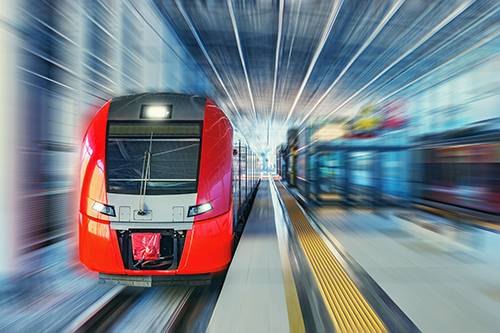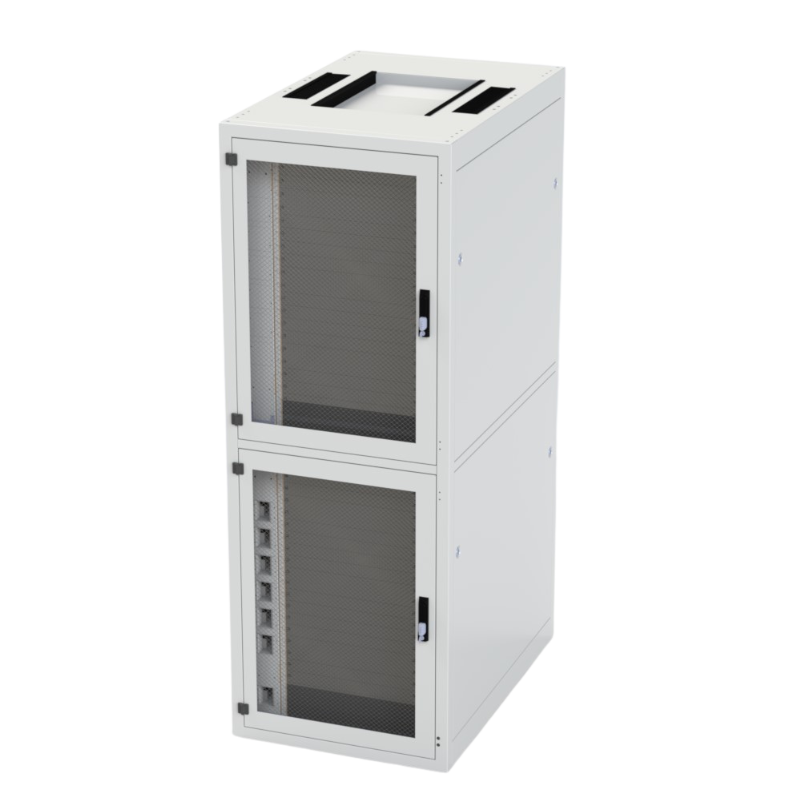In November 1840, the stations along the Great Western Railway synchronised their clocks with London time. That decision, designed to simplify timetabling and improve safety, paved the way for Railway Time to become the standard by which the whole country set its clocks.
The case for the digital railway is compelling. Reliable connections between trains, infrastructure and control teams will boost capacity and safety, for example through “moving block” signalling that allows trains to share the same section of track while keeping them a safe distance apart. Those connections will improve reliability, with sensors on rolling stock and infrastructure able to detect and report minor problems before they develop into major breakdowns. And connected devices will help staff to get their jobs done, on trains, at stations, in depots or out across the network.
Connectivity matters to customers too. People want the freedom to use connected devices throughout their journey, whether that’s for work or simply to pass the time. Part of the business case for major investments such as HS2 is that passengers can spend the journey time engaged in productive tasks.
The future is faster
Advanced wireless connectivity clearly benefits everyone who works on or uses the railway but delivering the digital vision will require significant investment. The UK rail network is currently covered by multiple wireless systems, including the GSM-R network used for operational purposes and a patchwork of 3G and 4G systems run by the country’s mobile network operators.
The GSM-R system, which cost more than £500 million to install, will reach the end of its design life in 2030. And the mobile companies are busy upgrading their existing networks elsewhere to use the latest 5G technology. 5G standards also provide the foundations for the Future Railway Mobile Communication System (FMRCS), a proposed global standard for operational communications and the likely successor to GSM-R.
Upgrading the existing communications infrastructure in the rail network to 5G will require the installation of new hardware in thousands of places. That is likely to include both changes to existing network access locations and the installation of new access points. 5G signals to trains work best when they have line-of-sight, which can require the installation of antennae spaced a few kilometres apart in open country, or much closer where cuttings and tunnels require it. The industry has yet to decide whether it will follow today’s model of separate hardware for different users, or whether it can use 5G’s “network slicing” capabilities to enable hardware sharing between railway operators and commercial providers.
Protect, maintain, adapt
The advent of the digital railway will create new challenges for equipment protection too. More electronic hardware across the network will mean more enclosures to install, monitor and maintain. Each enclosure may contain multiple items of equipment, which makes thermal management more complex and may increase the risk of attempted theft or malicious interference. Because technology is continually evolving, and different digital systems may be deployed at different rates, the combination of equipment installed in an enclosure may change significantly over its working life.
Every site, every combination of equipment and every digital deployment plan creates a unique set of enclosure requirements. At Rainford, we take the time to consult with our customers, understand their needs, for now and in the future, and design the most appropriate solution. All our enclosures are manufactured in the UK, ensuring stringent quality control, and keeping supply chains short. At every step, our goal is simple: reliable, long-term protection for our customer’s equipment.




